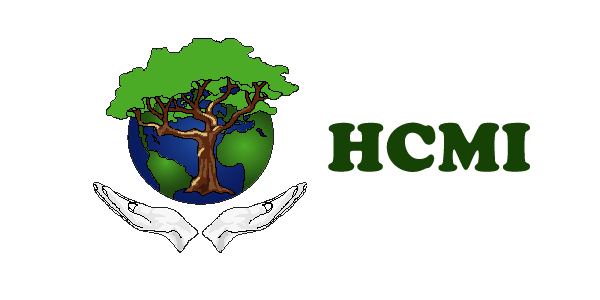Kidney Support Remedy
 The larynx is the portion of the breathing or respiratory tract containing the vocal cords which produce vocal sound. It is located between the pharynx and the trachea. The larynx, also called the voice box, is a 2-inch-long, tube-shaped organ in the neck. We use the larynx when we breathe, talk, or swallow. Its outer wall of cartilage forms the area of the front of the neck referred to as the "Adams apple."
The larynx is the portion of the breathing or respiratory tract containing the vocal cords which produce vocal sound. It is located between the pharynx and the trachea. The larynx, also called the voice box, is a 2-inch-long, tube-shaped organ in the neck. We use the larynx when we breathe, talk, or swallow. Its outer wall of cartilage forms the area of the front of the neck referred to as the "Adams apple."
When we breathe, the vocal cords are relaxed, and air moves through the space between them without making any sound. When we talk, the vocal cords tighten up and move closer together. Air from the lungs is forced between them and makes them vibrate, producing the sound of our voice. The tongue, lips, and teeth form this sound into words.
The esophagus, a tube that carries food from the mouth to the stomach, is just behind the trachea and the larynx. The openings of the esophagus and the larynx are very close together in the throat. When we swallow, a flap called the epiglottis moves down over the larynx to keep food out of the windpipe.
Fun Facts
- The shorter your vocal cords are and the faster they vibrate, the higher the sound you produce.
- In both girls and boys the voice box and vocal cords grow during puberty and cause their voices to deepen. Boys' voice boxes grow considerably, which is why boy's voices can drop by as much as an octave.
- The voice box also tilts to a different angle in the neck causing it to stick out as a prominent 'Adam's Apple'.
Health Conditions
- Nodules (actually are calluses) occur with improper voice use or overuse.
- Polyps can interfere with voice production and may produce a hoarse, breathy voice that tires easily. Laryngopharyngeal reflux disease, or LPRD, refers to retrograde flow of gastric contents to the upper aero-digestive tract, which causes a variety of symptoms such as cough, hoarseness, and asthma, among others.
- Presbylaryngis is a condition that is caused by the thinning of the vocal fold muscle and tissues with aging.
- Laryngitis sicca is caused by inadequate hydration of the vocal folds. Thick, sticky mucus prevents the folds from vibrating in a fluid, uniform manner.
- Vocal fold hemmorhage is a very rare occurrence that usually is caused by aggressive or improper use of vocal folds (e.g. cheerleading). It is the result of a ruptured blood vessel on the true vocal fold, with bleeding into the tissues of the fold.
- Vocal fold paralysis leaves the patient with a very breathy voice, and sometimes with no voice.
Suggestions To Strengthen
- Drink plenty of water. Hydration is required to keep thin secretions flowing to lubricate your vocal cords.
- Try not to scream or yell. These are abusive practices for your voice, and put great strain on the lining of your vocal cords.
- Warm up your voice before heavy use. Warm-ups can be simple, such as gently gliding from low to high tones on different vowel sounds, doing lip trills (like the motorboat sound that kids make), or tongue trills.
- Don't smoke. In addition to being a potent risk factor for laryngeal (voice box) cancer, smoking also causes inflammation and polyps of the vocal cords that can make the voice very husky, hoarse, and weak.
- Use good breath support. Breath flow is the power for voice. Take time to fill your lungs before starting to talk, and don't wait until you are almost out of air before taking another breath to power your voice.
- Know that you need to modify and decrease your voice use if you become hoarse in order to allow your vocal cords to recover. Pushing your voice when it's already hoarse can lead to significant problems.
